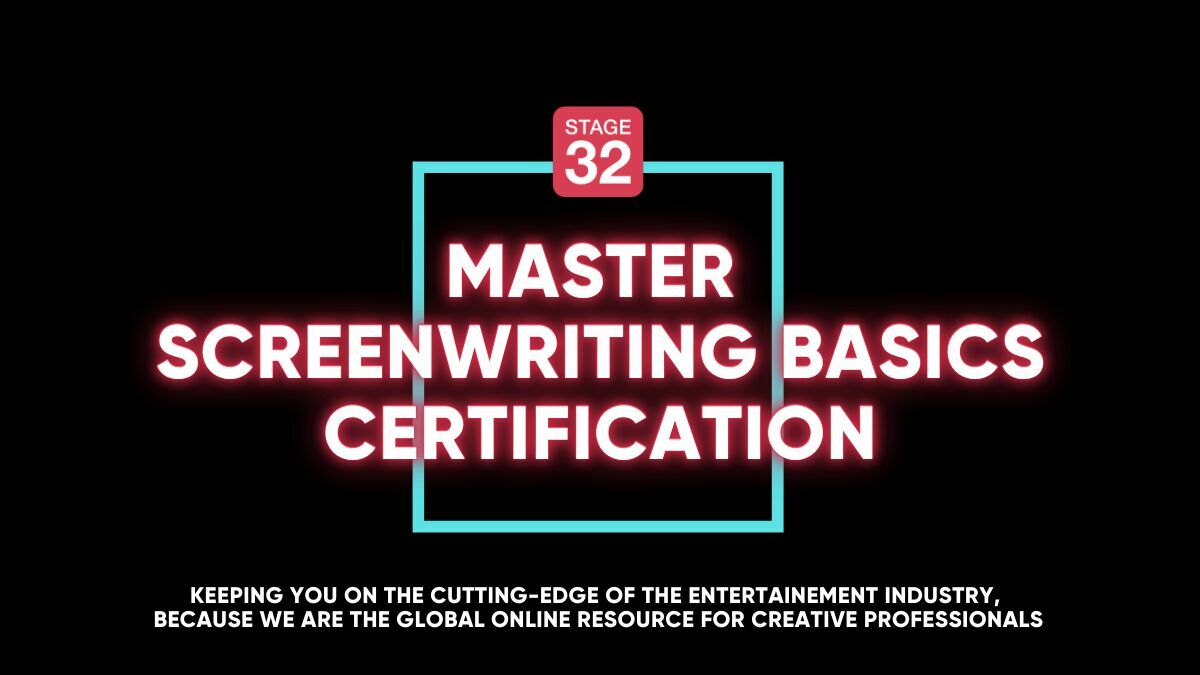
An expert on the subject Jim Johnson, who teaches voice and dialects at the University of Houston and has coached many well known actors, also runs AccentHelp, one of the leading resources for dialect training at home. Jim recommends that the first thing a student does is listen to native speakers.
“Just get used to hearing it, without trying to listen for anything specific,” he says. There are a number of resources for listening to authentic dialects, including Johnson’s AccentHelp courses and the International Dialects of English Archive, a website Johnson highly recommends.
“It’s free, and a number of people, including myself, contribute recordings,” he adds.
After a few initial listenings, he says, students can then get into the details: “Start listening for sound changes, trying to get the intonation down. Get the rhythm of it, where the pitch moves.”
To incorporate the “musicality” of a dialect, Johnson will often have students use physical actions to follow the movement of pitch and rhythm, such as moving their arms up and down with the pitch or tapping out the rhythms. He finds this helps speed up the learning process. “Hopefully, they’re not just feeling it, but they’re seeing it as well,” he says. “They learn it through auditory, kinesthetic, and visual means.” Exaggerate the dialect, study vowel sounds, record yourself, keep practicing, and use your acting skills: In the end, Johnson thinks the most important element in a believable dialect is great acting, with the ability to sell it.
#voice #dialect #actor #voiceover



4 people like this
Jim has great tips on learning dialect. Thanks for sharing the tips and resources, Tammy Hunt.
2 people like this
Thank you Tammy. I have never heard of these resources. So glad you shared them. We have come a long way from when I was listening to dialect cassette tapes in the car. Ha
2 people like this
This is a terrific resource that I never knew about - thanks, Tammy Hunt!